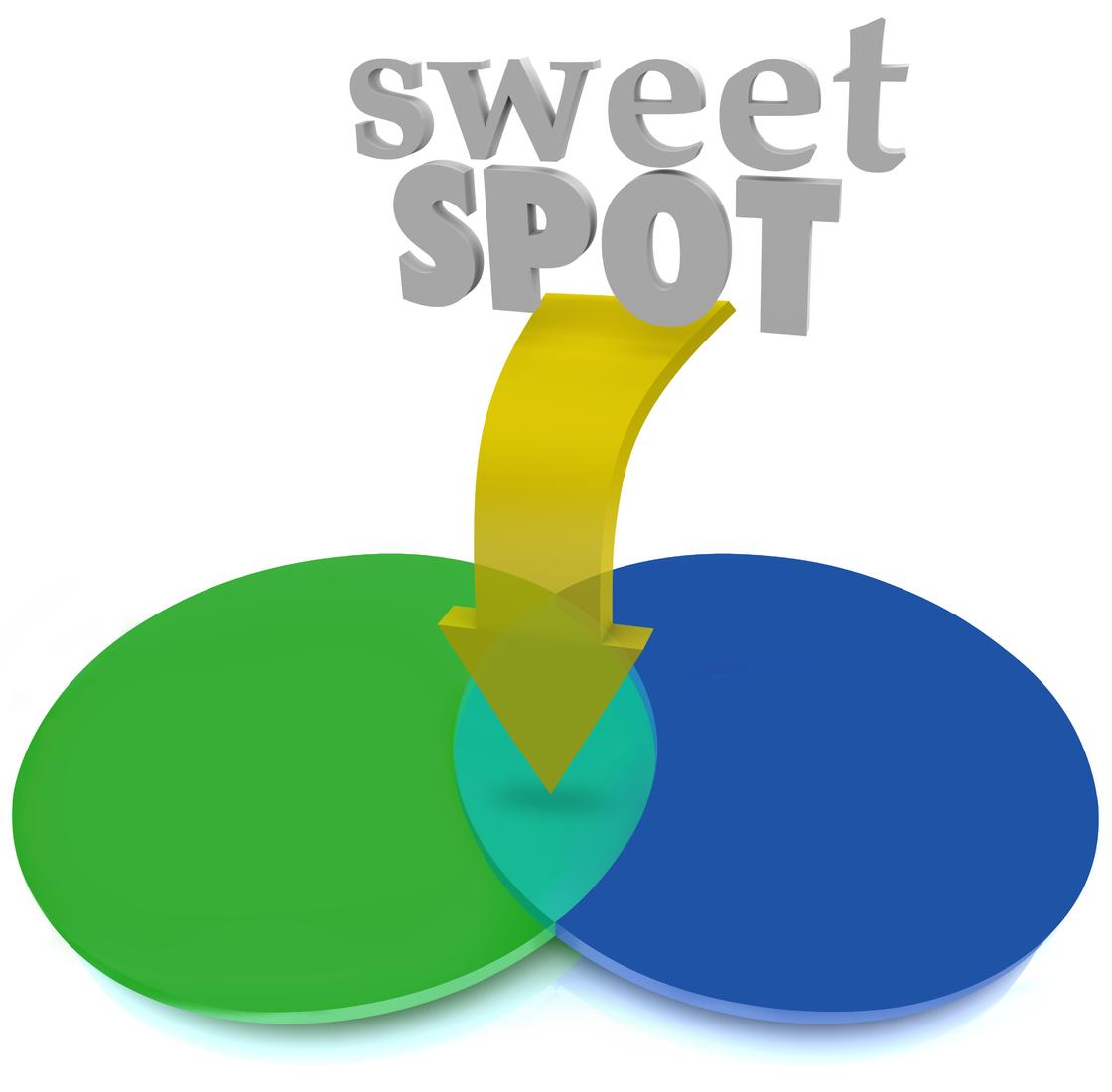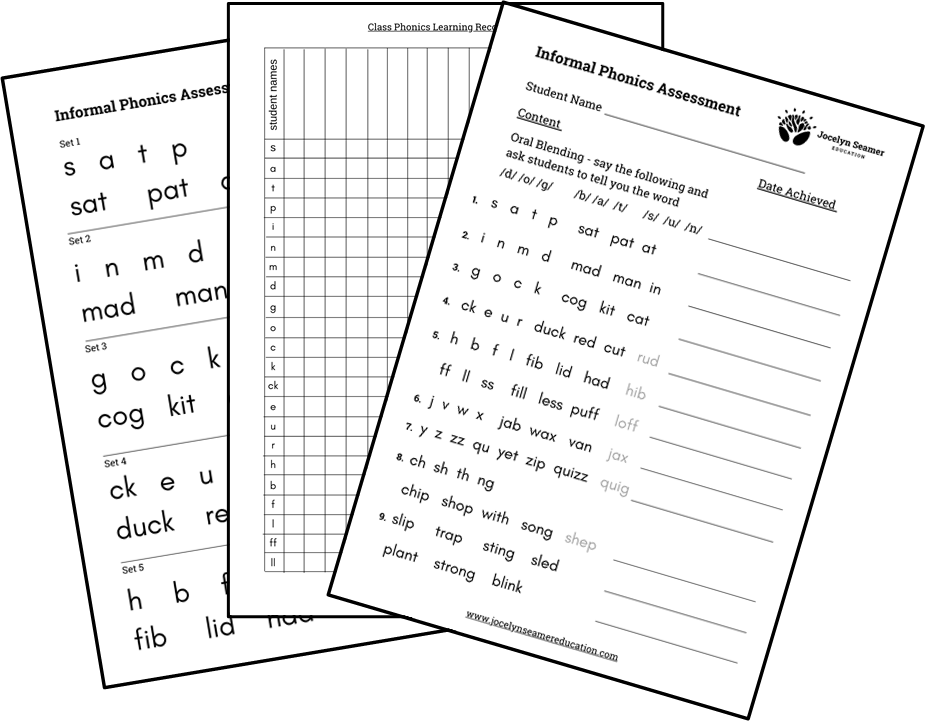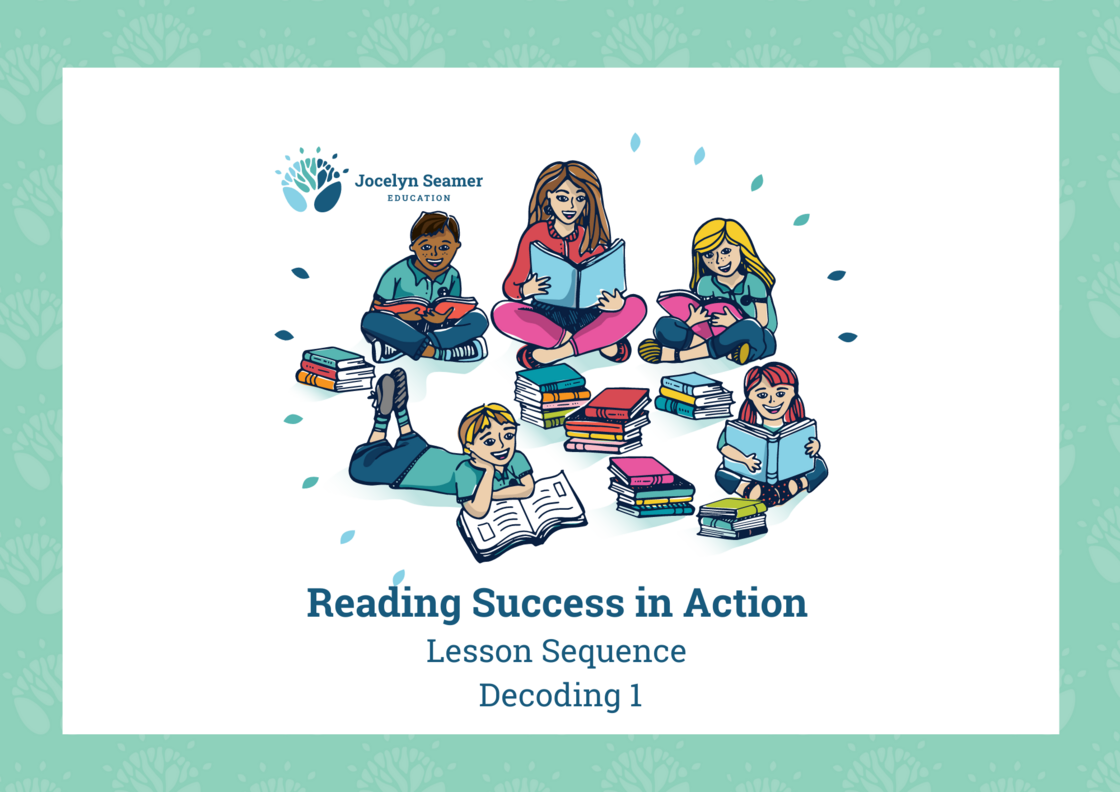The Complicated Simplicity of the Sweet Spot

We all came through our university training hearing about Vygotsky’s 1978 idea of ‘Zone of Proximal Development’. That zone between what the child can do on their own and what they can’t do. It’s the spot where they can do something with help. The ‘sweet spot’ for learning, you could say.
These days we have the lens of Cognitive Load Theory to view this through. Sweller’s theory outlines intrinsic load as the actual thing we want children to learn. We can optimise intrinsic load by comparing the level of skills/knowledge required to complete the task with what the student currently holds in long term memory. If there are too many novel (new – think novelty) pieces of information involved, the intrinsic load of the task may well be too high and confuse the student. If the intrinsic load is too low, the task will be too easy and no learning will occur. You can read more about Cognitive Load Theory here.

The idea of pitching learning exactly to each child’s ‘sweet spot’ (not too easy, not too hard) is an attractive one. It’s also an impossibility when there is one of you and 25 students. Instead, we can aim for the ‘approximate’ sweet spot by grouping our students by their current learning needs (even just on paper) and thinking about what is necessary to meet those groups where they are up to. All of this is further complicated by the fact that while children learn to read through the same processes (You can read more about that in Dehaene’s 2020 book, How We Learn), different children will do so with different levels of speed and ease. It’s this difference in ease and speed that might not be so obvious at first glance and can create the greatest amount of complexity in our decision making. An example that we will find in every classroom is that of children who require different numbers of exposures to material before they embed it into long term memory. You can show a grapheme to some students 5 times and they have it. Other students will need 10 exposures and a small number may well need 30 or more before they can connect the phoneme and grapheme with confidence. This has significant implications for the way that we teach reading and it will be your knowledge of the students and the way that you respond that makes the biggest difference to their outcomes. At times it’s your ‘teaching spidey senses’ that tell you that a child needs something different and your instincts about what makes sense that tell you what that is, but ensure that student data and research evidence combined with your experience form the solid foundation upon which to base decision making.

So how do we lighten our own cognitive load in this seemingly crazy undertaking? How do we hit each child’s approximate sweet spot and leave time for sleep, family and the mental headspace to feel like we are in our own sweet spot? Here are my top suggestions for simplifying the complicated task of meeting every child at their ‘approximate sweet spot’.
- Recognise that you can’t do all things all the time. That fun craft activity about the letter S that you know the kids will enjoy can wait until after lunch. Instead of trying to make learning ‘fun’, focus on the good, solid teaching that will provide the most direct route to learning. When you say yes to one thing, you say no to another. Focus on saying “yes” to the things that provide the most direct path to learning and then identify other opportunities for the other things.

- Practice radical acceptance for the fact that reading instruction is not a one size fits all proposition. This is not an invitation to bring back sight word programs, levelled texts and 3 cueing for half of your class, but a recognition of the fact that some children will come to their first year of school reading Harry Potter and others will only learn to blend CVCs at the end of the year. Treating all of these children in the same way is detrimental to both the high-flyers and those who need more intense, tightly controlled teaching. Work with your school and teaching colleagues to develop a plan for how you will work together as a team to support all students. It’s incredibly hard to do it well all on your own.

- Remember that reading and writing are biologically secondary skills and that ‘exposure’ might build the field for learning, but doesn’t result in learning for most children. These skills need to be explicitly and systematically taught to most students. Focus on the content and learning tasks that will give children the quickest, most direct path to learning to read.
- Don’t try and be a ‘make it from scratch’ warrior. Many of us really enjoy the challenge of curriculum design (and I love a hot glue gun as much as the next person), but that doesn’t mean that you should do it all from scratch. You only have so much time and cognitive energy to give to work. Spend that energy responding to the learning needs of your students rather than creating content. This means that if your school has a great, high-quality program in place, get good at delivering it. The writers of those programs have spent years fine tuning the approach. If you don’t have a great program in place, find other sources of content organisation. I have recently launched a new Sequence of Lessons called “Reading Success in Action’, that outlines the content and process of teaching the basic code and provides a reproducible partner practice booklet. The included word lists, high frequency word sequence and list of aligned decodable texts means that you can focus on responding to student needs instead of spending hours trying to bring order to a complicated set of content. You can find out more about that here.

- Align assessment to your sequence of teaching and monitor progress regularly. Base your decisions on this monitoring assessment, not just your ‘gut instinct’. The Reading Success in Action Lesson Sequence includes an assessment and class tracking sheet.

- Have simple repeatable routines that you use each day, and then change out the content. Children learn challenging things best when the learning environment is predictable. They feel a sense of safety when they know what is coming and what they will need to do. Keeping the same routines sets everyone (you and then) up for success. You can provide novelty by asking the children to help you choose the coloured white board marker you will use that day or having children sit facing a different direction in the room (Trust me, it works!). Most children don’t need you to change things up all the time if the content is suitably challenging and they experience genuine success.
- To ensure that our core teaching is meeting the needs of the largest possible number of children in our class, keep your core literacy instruction tightly controlled for all children, then identify opportunities to broaden experiences for those who are ready. For example, you might be teaching phonics and fundamental decoding to year 1 and 2. Keep the decodable texts in your lessons tightly controlled for both vocabulary and phonics (this ensure that nobody is left behind), but recognise that children who have a good knowledge of the alphabetic code and don't slip into the 'guessing zone' when presented with an unfamiliar word can start to read less decodable material. This can take the form of differentiated home reading or involve providing 'mostly decodable' texts in science and HASS lessons (that you would then read TO those children who weren't ready to read it for themselves).
The more we come to understand about reading instruction, the more confusing and overwhelming it can become to make decisions for our class. Keeping the fundamentals top of mind and having a simple, repeatable, direct way to teach them will bring you and your students the sense of certainty and security that usually doesn’t come when we are trying to put everything together ourselves.
To learn more about the Reading Success in Action Lesson Sequence and order your copy, click below.

 Jocelyn Seamer Education
Jocelyn Seamer Education
1 comment
After spending a ridiculous amount of time trying to plan a unit on Location without much success, the following quote from above resonated with me: 'Spend that energy responding to the learning needs of your students rather than creating content'. Thanks for a reminder that my students are the focus not a razzle dazzle unit that may or may not meet their needs.
Leave a comment